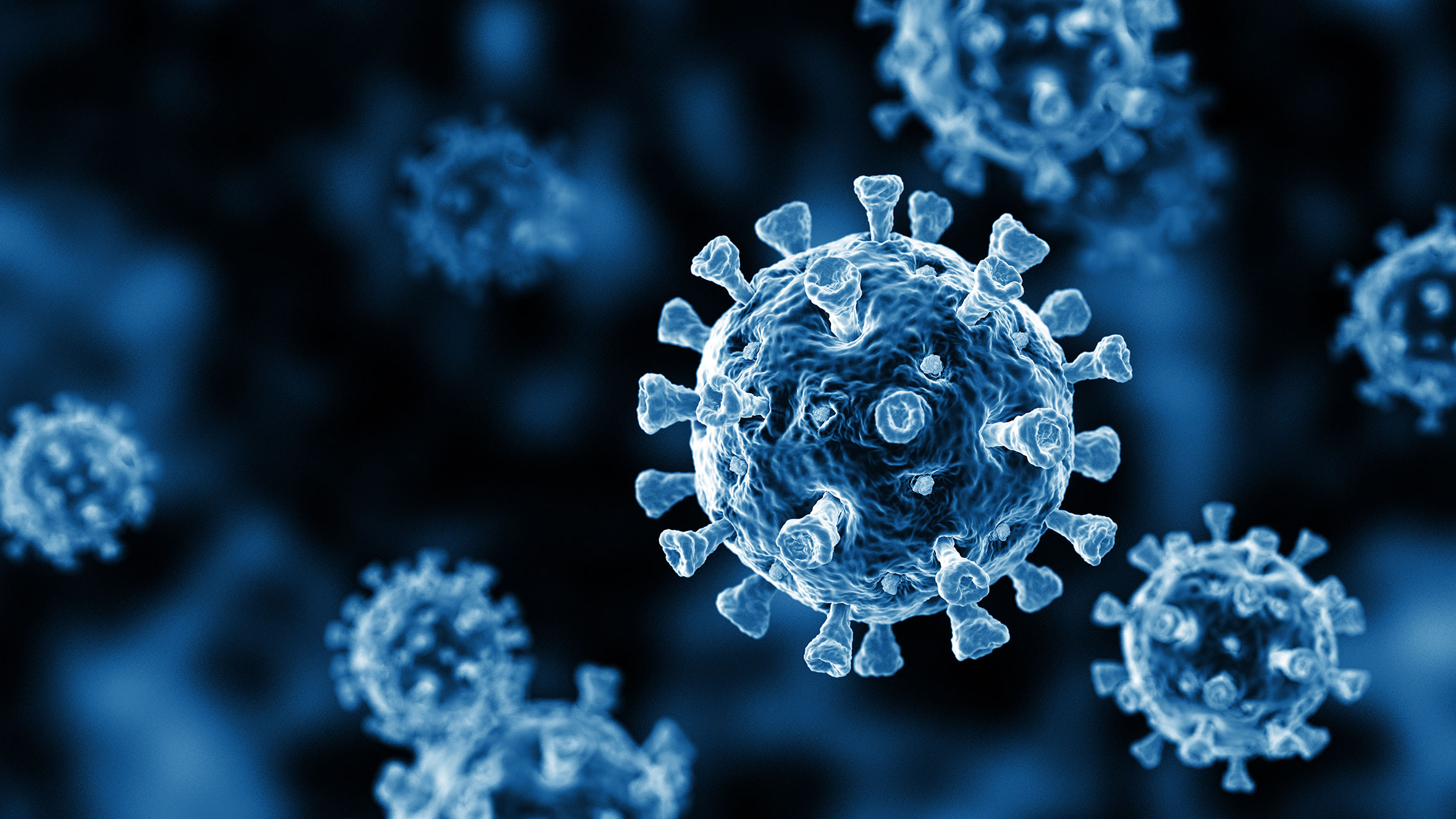Dive Brief:
- A new small study suggests reopening college campuses led to local coronavirus outbreaks, which schools were mainly able to manage while their home counties were less successful.
- The researchers examined 30 universities and found cases spiked in the first two weeks of classes at 14 campuses.
- More than half of the colleges studied saw new cases peak between mid-August and mid-October, when new infections in the U.S. subsided, suggesting campus reopenings drove the spread.
Dive Insight:
The paper indicates that college campuses can quickly become hotbeds for the virus. By the end of the fall term, more than 10% of the population at six studied institutions tested positive for the coronavirus. That’s double the national average, the researchers wrote.
Colleges also risk spreading the virus in their local communities. At 17 studied institutions, campus outbreaks were followed by a peak in new infections in their home counties within two weeks.
The researchers wrote that an outbreak at the University of Notre Dame in Indiana had “super spreading-like effects” on its county. The university shifted classes online for two weeks to stem rising cases early during the fall term.
Although colleges successfully suppressed outbreaks, the researchers explained, their surrounding communities couldn’t control the spread of infection.

“Colleges can be very flexible, so many of them (transitioned) from in-person to online instruction within just a few days,” said Ellen Kuhl, lead author of the study and a mechanical engineering professor at Stanford University in California. “The communities around (the campus) are much more diverse and have a lot harder time controlling the outbreak.”
However, Martin Andersen, an economics professor at UNC-Greensboro, said limiting the analysis to 30 schools provides a narrow scope for understanding how COVID-19 spread evolves.
The researchers studied institutions that reported coronavirus cases daily and had more than 100 cases. They selected ten universities with the highest nationwide point counts and ten private and public universities based on their national rankings in U.S. News & World Report.
“That’s a very restrictive way to think about what colleges have been doing and how colleges might affect COVID-19 cases,” Andersen said, noting that smaller colleges might not have the same resources to address outbreaks as some of the larger schools studied.
Andersen is one of several researchers behind another study, which hasn’t yet been peer-reviewed, that linked college reopenings to tens of thousands of additional virus cases in the U.S. They’re revising their paper to include new data from the Centers for Disease Control and Prevention, Andersen said.
A. David Paltiel, a public health professor at Yale University in Connecticut, echoed some of Andersen’s concerns with the new paper’s analysis, saying it didn’t use a scientific sample of institutions. He said it also didn’t distinguish between colleges that routinely tested for the virus and those that mainly tried students or employees with symptoms. “I don’t know what lessons we can draw from all this,” he said.
Paltiel added that he would like more research on what methods — such as coronavirus testing, mask-wearing, and de-densifying campus — worked to reduce outbreaks.
The CDC also recently posted research suggesting that starting the fall term with in-person classes was tied to a significant increase in local coronavirus cases. Beginning remotely, meanwhile, was linked to decreases.
